1. Inflatable Furniture
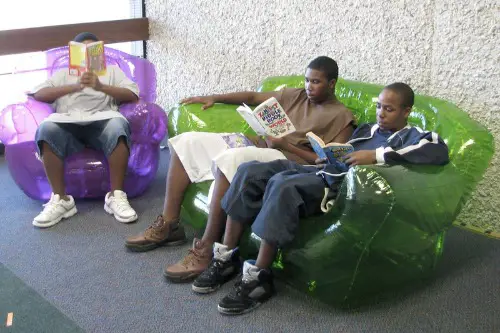
Inflatable chairs and sofas might scream “temporary fun,” but designers see them as a shortcut that sacrifices style for convenience. They often lack structure, making a space feel unfinished or cheap. Even high-quality inflatable pieces rarely photograph well or blend with classic design elements. Designers tend to notice the fleeting nature of these items and assume a lack of long-term planning.
They also sag, deflate, or tear faster than a standard sofa, which is another red flag. Sitting on one can be an endurance test, and the awkward shapes can disrupt the flow of a room. For professionals, furniture is part of the room’s skeleton, and inflatables barely count. Having them signals “I prioritize fun over function,” which isn’t inherently bad but is a design faux pas.
2. Overstuffed Sectionals
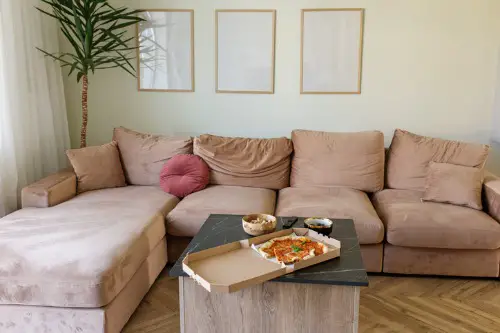
Designers often roll their eyes at giant, overstuffed sectionals because they dominate a room and leave little space for movement. They tend to be bulky and make interiors feel heavy, which goes against the principle of balance and proportion. While they’re undeniably comfy, they don’t translate well in photos or show off a curated style. Designers prefer seating that encourages conversation and doesn’t feel like a living room prison.
Plus, these sectionals often come with impractical layouts. The chaise end might block a window, or the corner piece could turn your living room into an obstacle course. They’re also notorious for wearing unevenly over time, with cushions sagging in the most used spots. Designers notice these subtle cues and mentally mark it as a lazy choice.
3. Mirrored Furniture

Mirrored dressers and side tables can be dazzling at first glance, but designers often cringe at them. They show fingerprints, smudges, and scratches almost immediately. The reflective surfaces can also make a room feel like a funhouse if not paired with more grounded textures. Designers tend to favor subtle reflective elements, like a glass coffee table, over entirely mirrored pieces.
Additionally, mirrored furniture is prone to breaking and chipping, which makes it impractical for everyday use. They often feel more decorative than functional, creating tension between style and utility. Designers are also wary of the “over-glam” look they can project, which can feel dated or forced. A small reflective accent is fine, but a whole mirrored chest is often seen as overkill.
4. Laminate Wood Everything
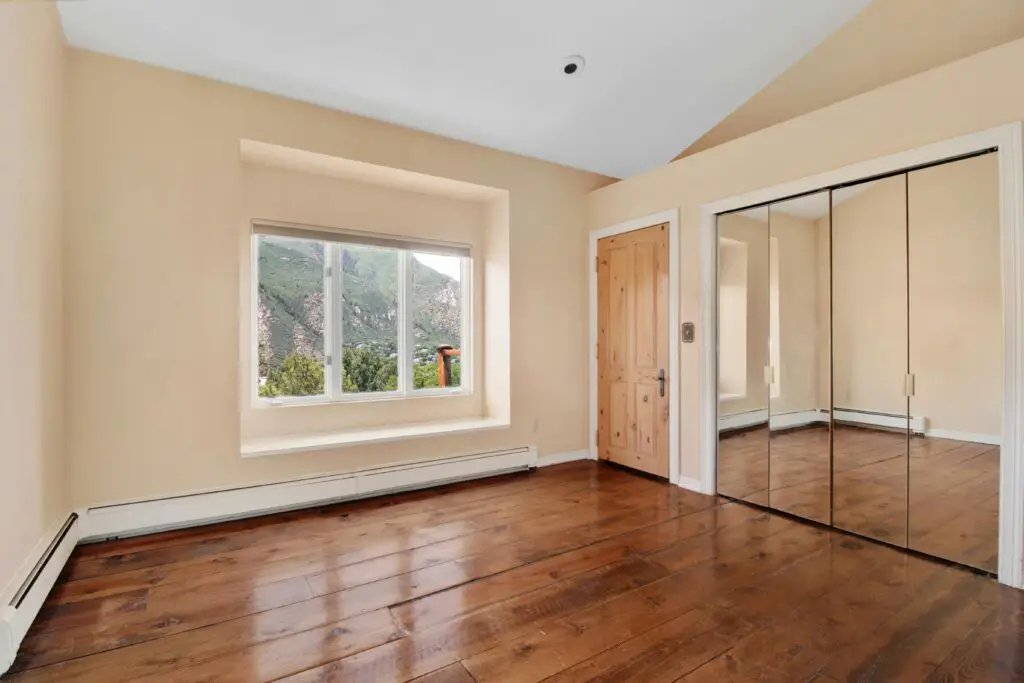
Laminate furniture is convenient and budget-friendly, but designers notice it immediately. They can spot the fake wood grain from a mile away, and it lacks the warmth and character of real wood. Even the best laminate pieces can feel cheap, especially in larger pieces like dining tables or entertainment centers. Professionals tend to appreciate natural materials because they age gracefully and tell a story.
Laminate also chips and peels over time, which instantly ages a space in an unattractive way. It rarely mixes well with other materials like leather, glass, or metal. Designers read laminate as a cost-saving decision rather than a thoughtful one. It’s practical, sure, but not exactly aspirational.
5. Overly Ornate Coffee Tables

Designer eyes often glaze over when confronted with coffee tables covered in intricate carvings or gilded details. These tables can make a space feel heavy and dated, especially in modern interiors. They often compete with other elements in the room instead of letting the furniture breathe. Designers prefer clean lines that anchor the room without shouting for attention.
They’re also tricky to style because the surface is rarely flat, which makes trays, books, or drinks precarious. The carvings collect dust, and cleaning them is a nightmare. Functionally, they can be inconvenient, which undermines one of the main purposes of a coffee table. In short, the flashiness can feel more like a costume than furniture.
6. Overly Reclining Armchairs
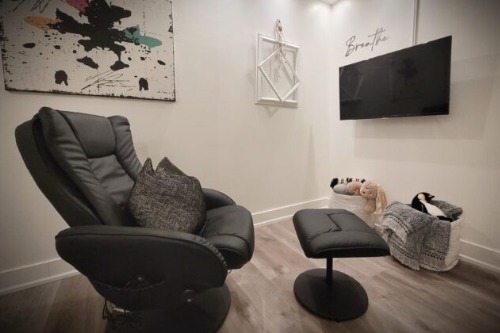
While recliners are the ultimate comfort zone, designers see them as a sign of prioritizing personal relaxation over room cohesion. They’re bulky, hard to style, and often break the flow of a seating area. Designers tend to favor chairs that maintain a visual lightness while still being comfortable. Recliners signal “I live for TV marathons” rather than an intentional interior design.
Many reclining chairs also have mechanical parts that can wear down quickly. They’re usually made of synthetic leather or fabric that doesn’t age gracefully. Even when they’re brand new, their proportions often feel awkward next to sofas or coffee tables. Designers might admire the comfort but quietly judge the aesthetic compromise.
7. Shag Carpets
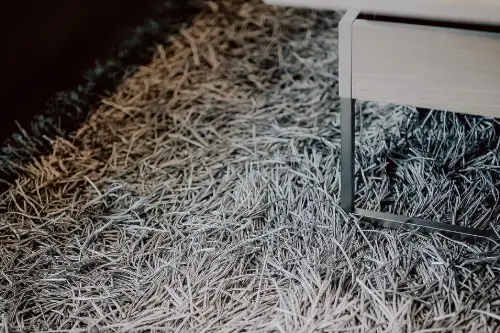
Shag carpets evoke nostalgia for the ’70s, but designers often see them as a styling trap. They’re hard to clean, trap dust, and can visually overwhelm a room. Designers favor rugs with texture that complements furniture rather than dominating it. A simple, low-pile rug often feels more modern and intentional.
Shag rugs also make spaces feel dated if not carefully balanced. The long fibers tend to flatten over time, giving a tired look. While cozy, they require consistent upkeep to stay fresh. Designers notice these subtleties and mentally mark shag as a design shortcut from a bygone era.
8. Overly Matching Furniture Sets
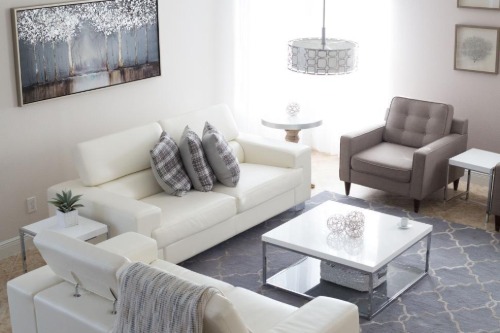
Matching bedroom or living room sets might seem like a safe choice, but designers often consider them unimaginative. When everything is identical, the room can feel like a catalog rather than a lived-in space. Designers love pieces that mix textures, styles, and periods for visual interest. Matching sets suggest a one-size-fits-all approach rather than thoughtful curation.
This approach also limits flexibility as your style evolves. Swapping out one piece often throws off the symmetry, making updates tricky. Designers prefer mixing vintage, modern, and contemporary pieces for personality. Too much uniformity is visually safe but creatively dull.
9. Glass-Top Dining Tables
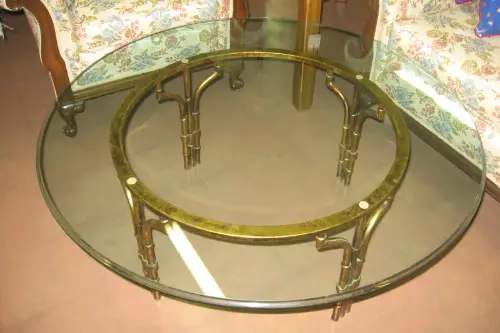
Glass-top tables may look sleek, but designers have a love-hate relationship with them. They show fingerprints, dust, and smudges immediately, requiring constant maintenance. Glass can also feel cold and uninviting, especially in large dining rooms. Designers often prefer wood or textured surfaces that add warmth and dimension.
They’re also noisy when plates and silverware hit the surface. Glass is fragile, prone to scratches, and not the most forgiving with everyday spills. Functionally, they’re less practical than solid surfaces. Designers notice these subtleties and assume a preference for style over usability.
10. Foldable Furniture
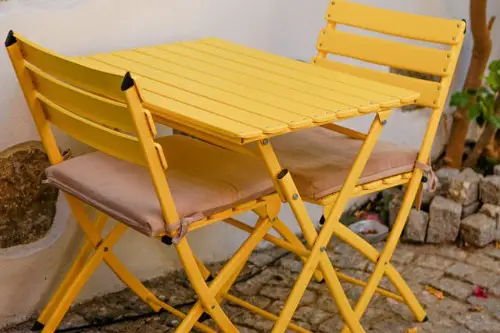
Foldable tables and chairs scream practicality but not style, according to designers. They’re often flimsy, with thin materials that warp over time. While convenient for temporary setups, they rarely integrate seamlessly into a well-designed space. Designers tend to value furniture that feels permanent and intentional.
They also visually communicate a lack of investment in the space. Foldable pieces can make rooms feel like they’re in a state of transition. This is fine for small apartments or events, but in a staged or curated interior, it can feel incomplete. Designers often notice and mentally downgrade the sophistication level.
11. Overly Themed Decor Furniture

Think of a pirate chest or Hollywood-themed chair—these pieces scream personality but often at the expense of timeless design. Designers see them as kitschy and limiting. They can make it harder to update the rest of the room without a total overhaul. Timeless, versatile pieces allow more flexibility and longevity.
Themed furniture also risks looking childish as trends fade. While fun in the short term, it rarely grows with your space. Designers read it as prioritizing novelty over enduring style. It’s memorable, yes, but not in a way that designers would consider “refined.”
12. Cheap Laminate Desks
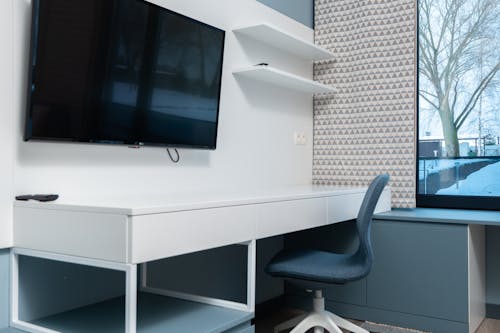
Many home offices feature laminate desks for affordability, but designers can spot them immediately. They lack the visual warmth of wood or the sophistication of metal or glass. Scratches, peeling, and fading are common, giving a workspace a worn-out look quickly. Designers prefer desks that feel purposeful and professional, even at home.
Functionally, cheap laminate desks can be wobbly or creaky, which isn’t conducive to productivity. Even if you love the color or pattern, the material choice reveals cost-saving priorities. Designers read laminate desks as practical but uninspired. Investing in a more substantial desk signals style confidence and longevity.
13. Overstuffed Ottomans
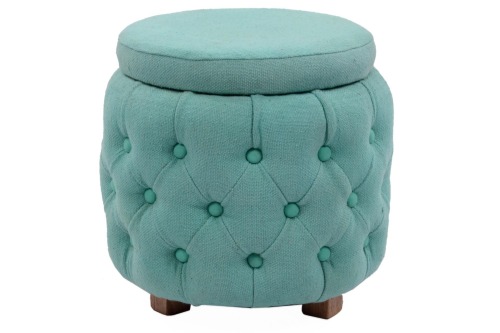
Giant, pillow-like ottomans might seem cozy, but they can overwhelm a room. Designers often see them as “too soft” visually, lacking structure and proportion. They can dominate a space meant for seating variety, creating a visual block. Structured, versatile ottomans that double as tables or storage are usually preferred.
Overstuffed ottomans also flatten over time and lose their supportive function. Cleaning or moving them is awkward, and they rarely match the rest of the furniture in scale. Designers notice these practical flaws and mentally file them under “comfort over style.” It’s a subtle critique, but it exists.
14. Overly Shiny Leather Sofas
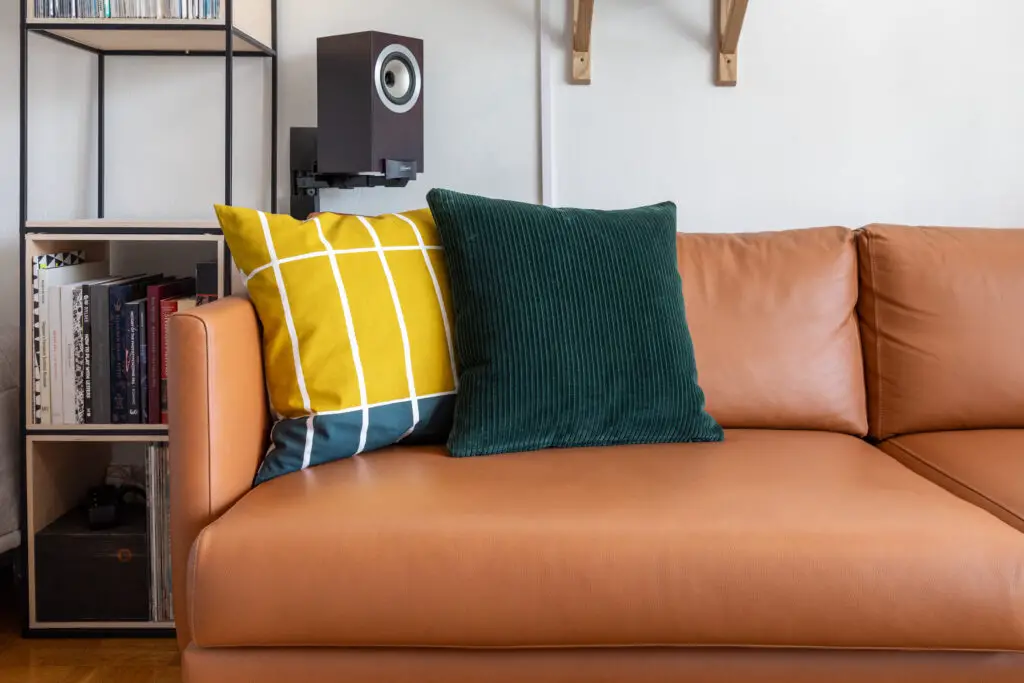
High-gloss leather sofas might look luxurious in a showroom, but designers are wary of them in everyday homes. Shiny leather highlights scratches, stains, and general wear quickly. It also reflects light in ways that can make a room feel stark or cold. Designers tend to prefer matte or lightly textured leather for longevity and versatility.
Glossy leather can also feel formal in a way that limits how people interact with the furniture. Spills are more noticeable, and the sofa can feel less inviting. Designers interpret overly shiny surfaces as prioritizing appearance over comfort. A matte finish communicates thoughtfulness and everyday usability.
15. Inflated Prices for Trendy Minimalist Chairs
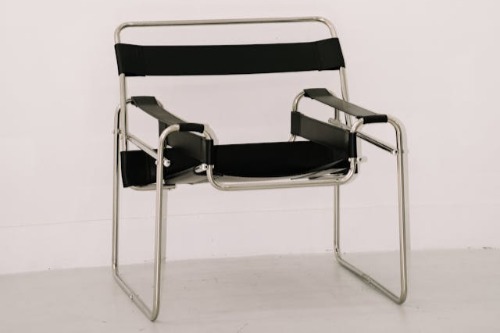
Trendy minimalist chairs can be beautiful, but designers often judge if someone paid an exorbitant price for them without consideration. Minimalism is about thoughtful restraint, not blindly following hype. Paying too much for a “look” signals fashion over function. Designers appreciate a piece that balances form, function, and value.
These chairs can also be uncomfortable if ergonomics were sacrificed for aesthetic. A chair that looks good in a photo but hurts your back is a red flag. Designers notice subtle comfort flaws instantly. In their eyes, investing in furniture is about more than trend—it’s about pieces that age gracefully and feel intentional.
This post 15 Furniture Pieces Designers Secretly Judge You For Owning was first published on Greenhouse Black.
